Paper: Predicting Out-of-Domain Generalization with Local Manifold Smoothness
Code: none yet
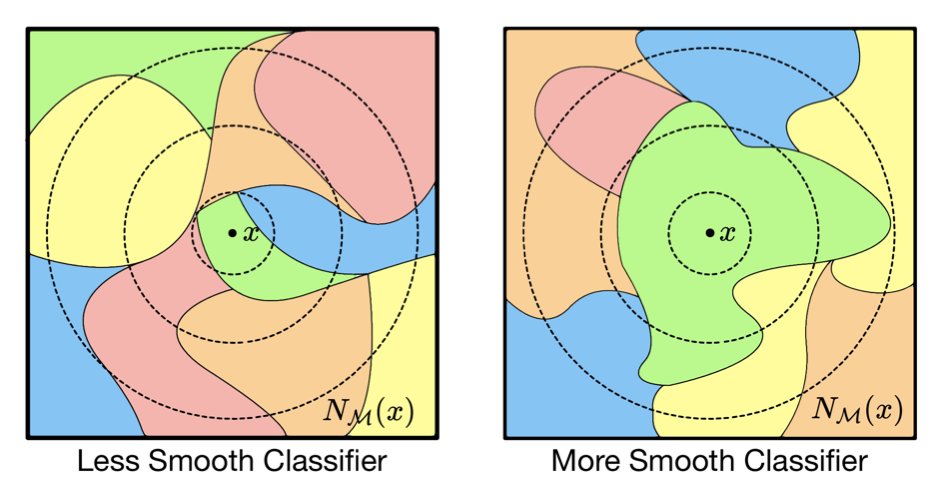
Code
Paper: JOseph Redmon, Santosh Divvala, Ross Girshick, Ali Farhadi, “You Only Look Once: Unified, Real-Time Object Detection“, 2016
Code: https://github.com/AlexeyAB/darknet
Paper: “YOLO9000:Better, Faster, Stronger“
Code: https://pjreddie.com/darknet/yolov2/
Paper: YOLOv3: An Incremental Improvement
Code: https://pjreddie.com/darknet/yolo/
Paper:
Code:
Paper: none yet
Code: https://github.com/ultralytics/yolov5
Paper: none yet
Code: https://github.com/meituan/YOLOv6
Official YOLOv7 (state-of-the-art real-time detector) is more accurate and faster than:
Paper: Chien-Yao Wang, Alexey Bochkovskiy, Hong-Yuan Mark Liao, YOLOv7: Trainable bag-of-freebies sets new state-of-the-art for real-time object detectors, 2022
Code: https://github.com/WongKinYiu/yolov7/releases
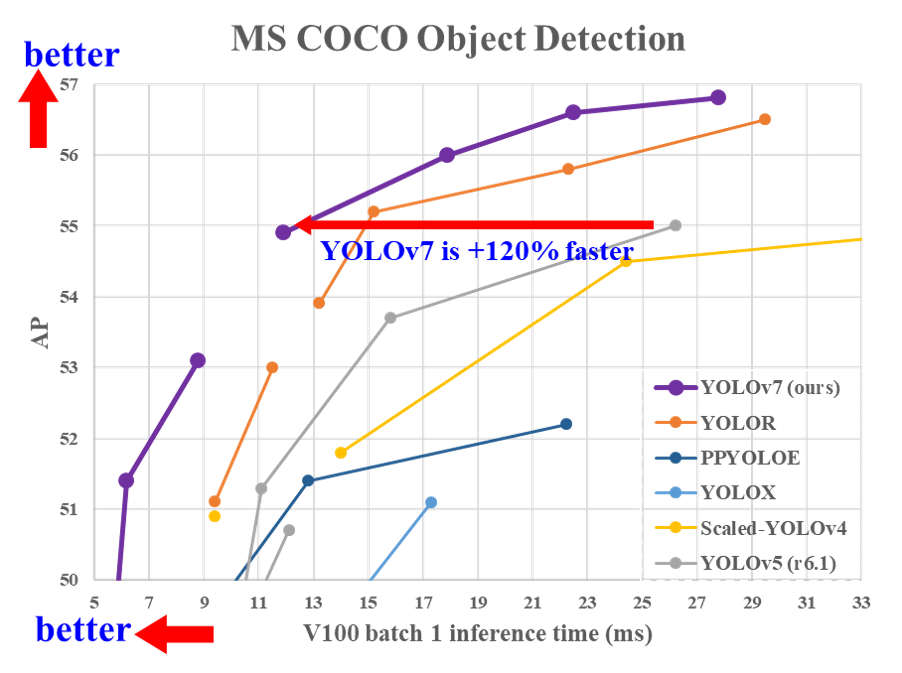
Pada artikel ini dibahas usaha untuk mereplikasi solusi dari GWC_solution
Hardware yang dipakai: RTX 3090
Catatan
Create Conda environment
conda create --name gwc8 python=3.7.10 scipy=1.4.
conda activate gwc8Install PyTorch
pip3 install torch==1.10.0 torchvision torchaudio --extra-index-url https://download.pytorch.org/whl/cu113Install prerequisites
pip install -r requirements.txt
pip install numpy==1.19.5
pip uninstall -y PyYAML
pip install PyYAML==5.3.1
pip install ensemble_boxes
pip install setuptools==59.5.0
pip install jupyter
pip install matplotlib
pip install opencv-python
pip install tensorboardClone GWC_solution
cd /home/admin
git clone https://github.com/ksnxr/GWC_solution.gitClone GWC_YOLOv5
cd GWC_solution
git clone https://github.com/ksnxr/GWC_YOLOv5.gitJalankan jupyter notebook
jupyter notebook --allow-root --no-browser --ip=0.0.0.0Setelah itu buka jupyter notebook dari browser
Eksekusi script berikut
Training
python train.py --name 4fold0 --img 800 --batch 8 --epochs 35 --data custom.yaml --weights yolov5x.pt --cache-images --save_period 1Monitor training
cd /home/admin/GWC_solution/GWC_YOLOv5
tensorboard --logdir runs/train --bind_all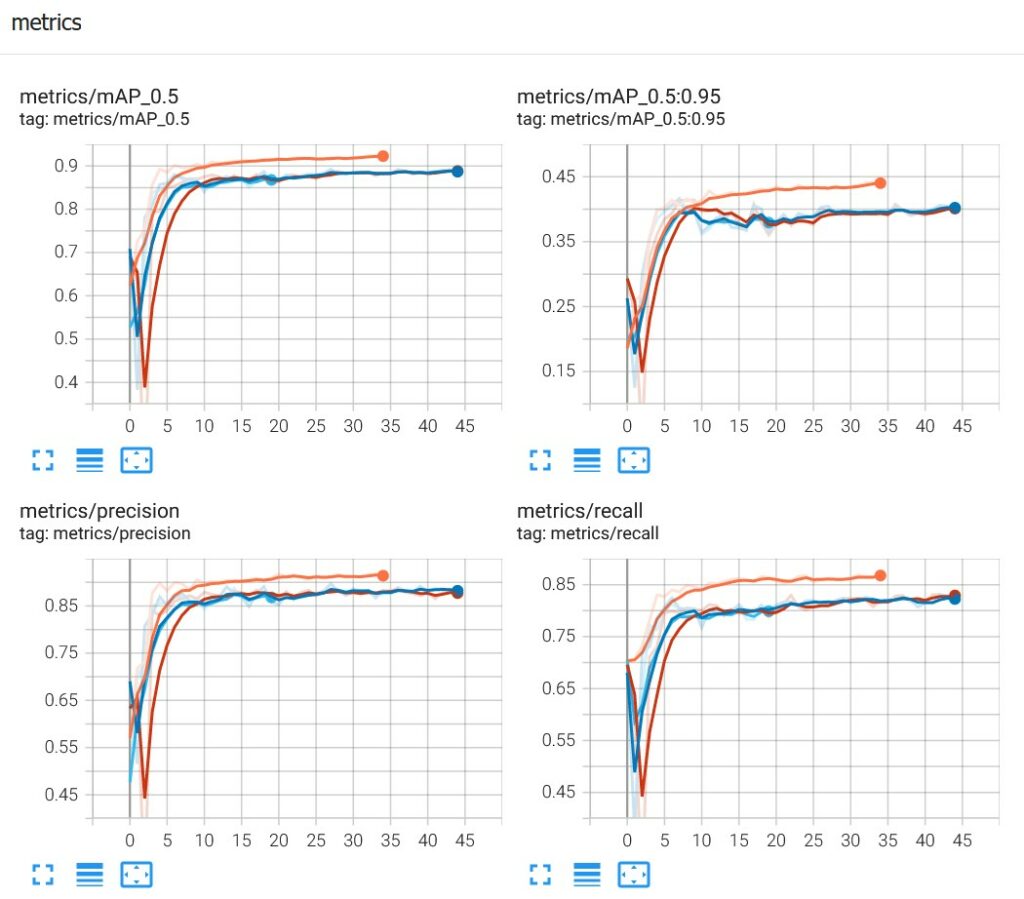
Berikut ini data flow diagram dari proses komputasi
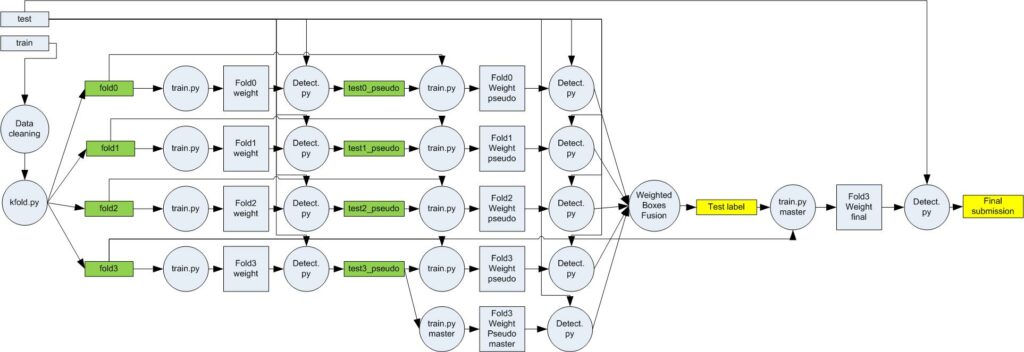
Huggingface: https://huggingface.co/indonesian-nlp/gpt2-medium-indonesian
Paper:
Links: https://github.com/cahya-wirawan/indonesian-language-models/tree/master/Transformers
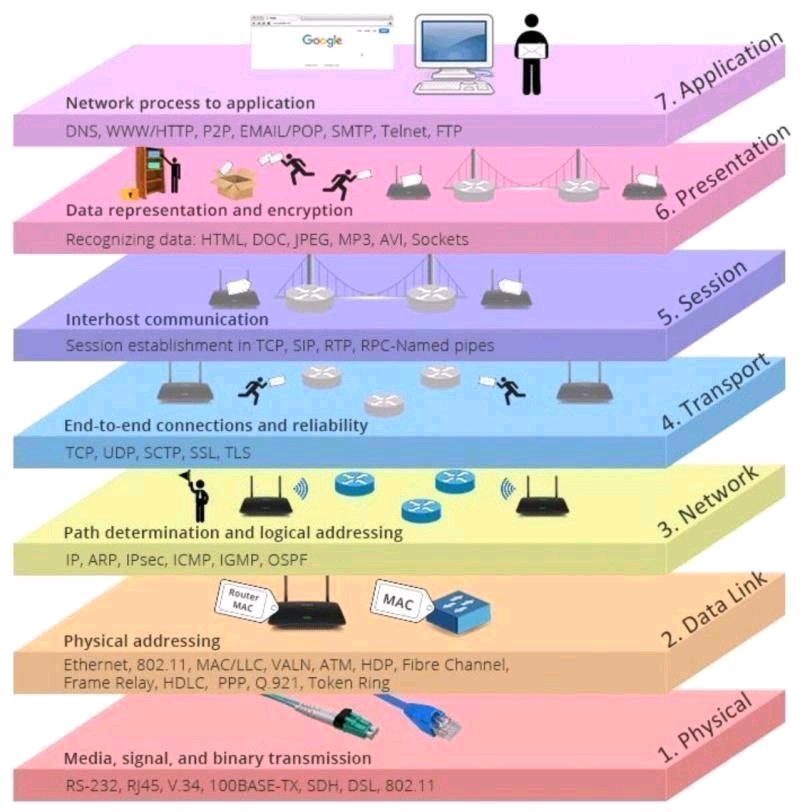
Referensi
Digital Ocean Tutorial: https://www.digitalocean.com/community/tutorials/how-to-set-up-dante-proxy-on-ubuntu-20-04
Update: March 24,2022
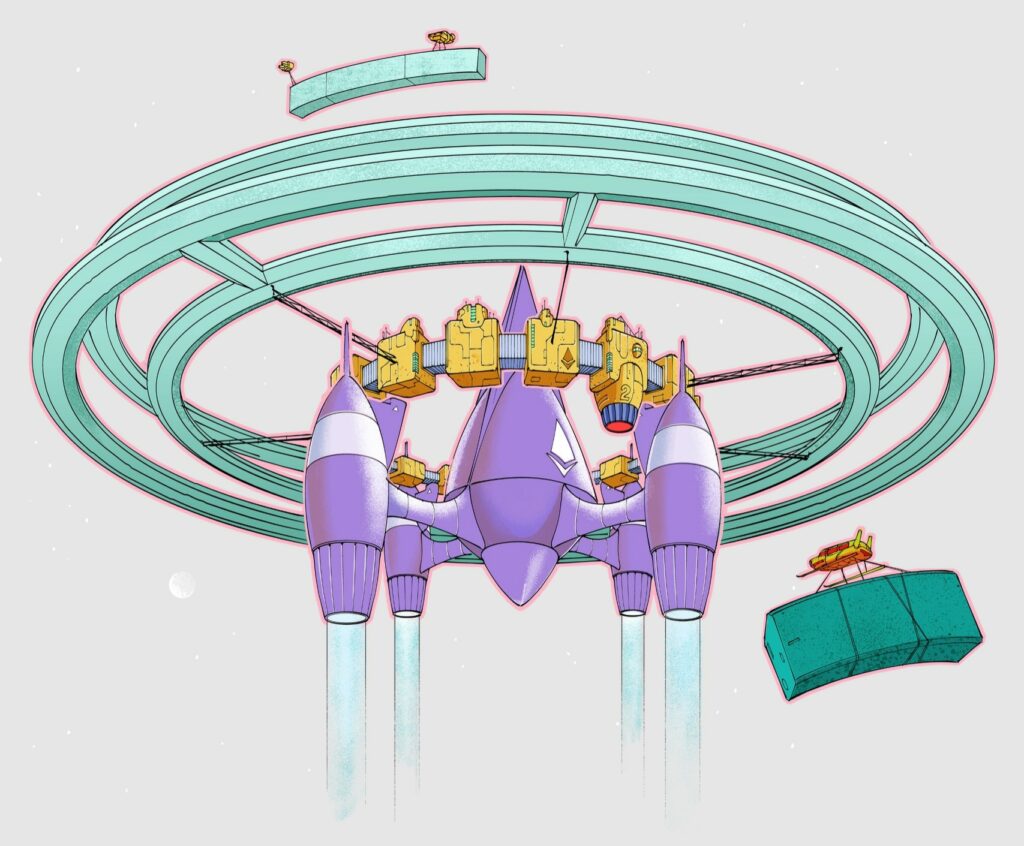
The Merge
Eventually the current Ethereum Mainnet will "merge" with the beacon chain proof-of-stake system.
This will mark the end of proof-of-work for Ethereum, and the full transition to proof-of-stake.
This is planned to precede the roll out of shard chains.
We formerly referred to this as "the docking."
This upgrade represents the official switch to proof-of-stake consensus. This eliminates the need for energy-intensive mining, and instead secures the network using staked ether. A truly exciting step in realizing the Ethereum vision – more scalability, security, and sustainability.Reference: https://ethereum.org/en/upgrades/merge/
This data is collected by the world’s largest SAR satellite constellation. Ready to take a dive in the data? You can use it in research, and get an understanding of what radar satellite data can offer you. Download your free dataset (instant access): https://hubs.ly/Q0168WYZ0

Reference: https://twitter.com/iceyefi/status/1504369483913256962
Downloaded file: ICEYE_Strip_Example_SAR_Dataset_Singapore_Strait_12_2021.zip (size: 2.74 GB)
ICEYE also offers other datasets